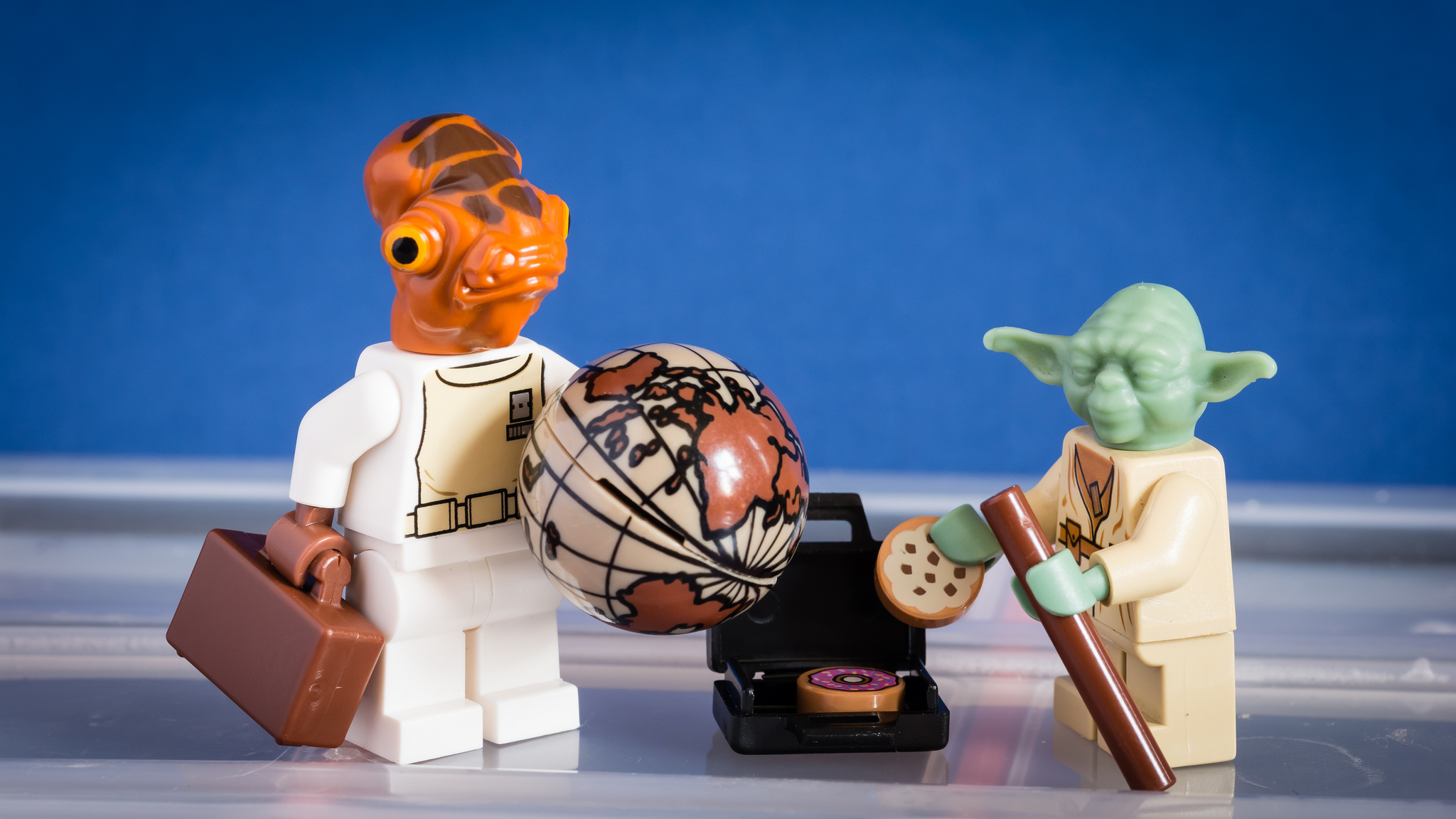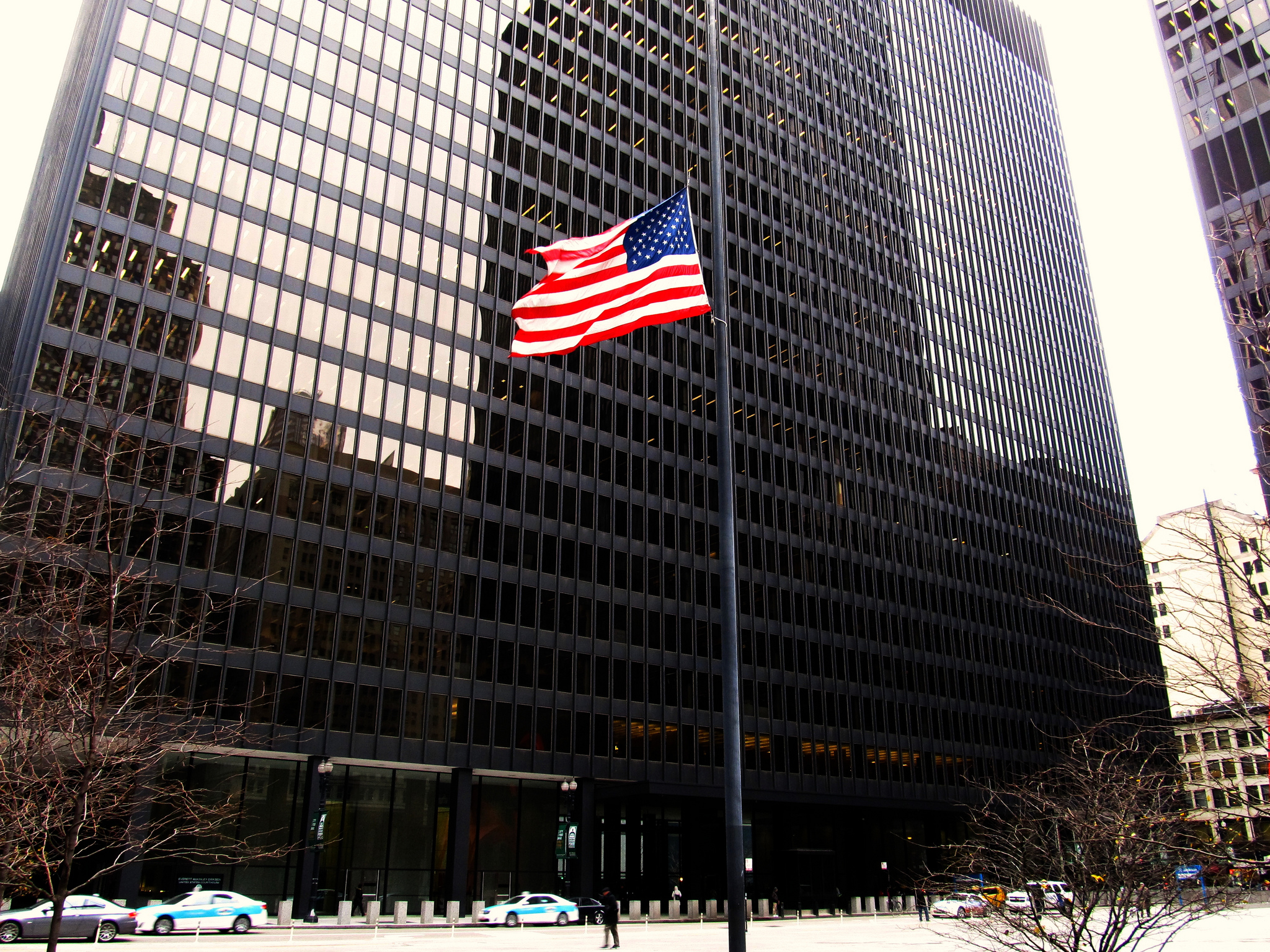Posted by Timothy Peterson, JD student
Professor David Schwartz moderated, and the Honorable James Zagel and Professor Donald Chisum participated today in a panel on Bilski v. Kappos.
Background:
In Bilski v. Kappos, the Supreme Court held that the Federal Circuit’s “Machine-or-Transformation” test was not the exclusive test for determining whether an invention is directed toward patentable subject matter. The Court referred to the language of 35 U.S.C. 101 and affirmed prior precedent that “laws of nature, physical phenomena, and abstract ideas” are not patentable. The Machine-or-Transformation test is, however, still an important clue to patentability. The Court also held that business methods are not entirely excluded from patentability but that Bilski’s patent was unpatentable as directed toward an abstract idea. A concurrence, written by Justice Stevens, argued that business methods are not directed toward patentable subject matter and cited extensive history to that effect. Justice Breyer wrote a second concurrence, clarifying points of agreement between all of the justices: that patentable subject matter is broad but not without limits, that the Machine-or-Transformation test is a useful clue to patentability, but that Machine-or-Transformation is not the exclusive test, and also that the standard of State Street Bank has been overruled.
Professor Schwartz asked what Bilski meant going forward.
Judge Zagel said that the Supreme Court was saying that “the Federal Circuit was wrong, but they weren’t that far off.” Every judge who saw the case, with one exception (Judge Newman), said that Bilski’s invention was not patentable. The problem was to formulate the proper language for the test. The Supreme Court said, be very, very careful about process patents, and that presents no dilemma at all for the judiciary because in making a decision, “you run down a list of considerations and at some point make a decision.” Bilski is more an issue of language used to justify that decision.
Professor Chisum said, “Bilski tells me very little.” He felt that the Supreme Court held that Bilski’s invention was unpatentable because “this is an abstract idea.” Then he went on to wonder, “what does that mean?” He agreed that, “judges do and should reach an intuitional judgment about patentability.” But Chisum found it “disturbing” that the Supreme Court held that Bilski’s patent is an abstract idea but made that statement in the abstract – without cited factual evidence.
Prof. Schwartz next asked what significance the decision has to a trial judge.
Judge Zagel stated that after Bilski, if an attorney argues that something is founded on an abstract idea, and if there is any possible merit to that argument, then a judge will be very cautious in finding that something is patentable. He went on to ask whether mathematics is abstract, positing that “abstract” has been defined in a loose way and is a difficult phrase to define even among technical professionals. But trial judges must now use the word, “abstract.” Nobody has stopped and paused to determine if this is a good word to use. It is a rhetorical device.
Professor Chisum pointed out that even though only four Justices argued that business methods are not patentable, that eight Justices essentially agreed that business methods are vague and of suspect validity. He thought that this was strange because this language comes from Justice Kennedy’s concurrence in eBay, which was not a patentable subject matter case.
Judge Zagel argued that in the real world a patent to hedging wouldn’t have much commercial significance. Web-based investment tools of today are such that the patent owner will have no way to know of infringement, and that regardless, web servers might be based in the Cayman Islands and run by an office in France. Professor Chisum agreed that this was possible, but that there are also cases of competitors with particular software that might be triable.
Professor Schwartz observed that while Bilski was technically an affirmance (both the Federal Circuit and Supreme Court agreed that the claims were not patentable subject matter), the Supreme Court disagreed with the Federal Circuit’s test. This continues a trend of the Supreme Court disagreeing with the Federal Circuit. He asked, what effect, if any, this had on a trial court judge’s perception of patent law and the Federal Circuit.
Judge Zagel said, “most district court judges couldn’t care less.” He thought that it is different when the Court of Appeals is sitting en banc, and the Supreme Court says you were wrong. In Bilski, however, the Supreme Court said that in the nicest possible way. They said, you cannot adopt an absolute rule that says, Machine-or-Transformation. The Supreme Court went on to say, nothing we say here is meant to preclude you from finding other methods of narrowing the pathway of patenting methods, even down to the size of a camel going through the needle. Essentially, the Supreme Court gave a green light to anything the Federal Circuit wanted to do short of an absolute bar.
Professor Schwartz next asked, what test or inquiry should the court use going forward?
Professor Chisum reiterated that the Machine-or-Transformation test was a clue but not the sole test. He then wondered what would happen if you have a process that does meet the test. Chisum then answered the question by stating that both the Constitution and the patent statutes use the word “useful.” This is an 18th century word, which has become in our world to mean “technological.” He would ask, “is this a solution to a technical problem?” He stated that there is no case law supporting that, but now that the Federal Circuit has been given a green light to develop new tests something like that could happen. However, Chisum thought that it was unlikely that the Federal Circuit would take the opportunity to develop a new test.
Judge Zagel agreed that “the secret is to be found in utility.” He went on to wonder what happens if someone is able to use an algorithm and 20-30 factors from a CBC blood test to determine if someone has a certain kind of cancer. He thought this would be a tough case, and some of the answer depends on utility. For hedge funds, the subject of Bilski’s invention, “the goal seems a bit unworthy.”
Professor Schwartz asked about how this applies to software patents.
Professor Chisum responded, “what is a software patent?” He thought that software, like business methods, could not be categorically excluded from the patent system. He went on to ask whether it is software, a computer program, or an abstract idea. He added that if an idea is implemented on a computer, some Federal Circuit case law said that this was enough to be patentable. However, the Federal Circuit didn’t resolve the issue with in re Bilski, nor did the Supreme Court.
Professor Schwartz quoted Bilski, citing Diehr for the principle that claims should be analyzed in their entirety for patentability. He then asked, how important is claim language to the court opinion and what role should the claims play?
Judge Zagel thought that claims are absolutely essential.
Professor Schwartz asked if either had advice to give people drafting claims.
Professor Chisum said that Bilski probably does not change much. “What this (patent drafting) is all about are inventions from the inventors.” Drafters are in a good position when inventors, “invented more, disclosed more, and have given more examples.” The issue is more about the breadth of the claims. Chisum thought the breadth of the claims may be an issue if you’ve got a phenomena of nature and the claim is so broad that it reads on the phenomena of nature. Beyond that, what is the scope
relative to what is disclosed? He also through that claims should be drafted persuasively. People reading Bilski ask, where is the invention here?
Professor Schwartz asked that with Justice Stevens retiring, will future cases involving Justice Kagan come out differently?
Professor Chisum joked that Justice Kagen was chosen because she was a blank slate. In contrast, Stevens was involved in patent law from before he was a Supreme Court Justice, when he was a judge in the 7th circuit. Chisum also posited that Stevens Bilski opinion is drafted like a majority opinion, but he couldn’t get enough votes.
Judge Zagel, who knows Justice Kagan, also believes that she does not yet have a real view on patent cases. He thought the real variable was, “is it (patent law) going to engage your interest?” He continued that Justice Kagan won’t know the answer to that question until she tries patent cases.
Professor Schwartz asked, “is this a good decision?”
Professor Chisum said, “no.” He thought that the Supreme Court could have done great harm, and the Supreme Court may have had a sense of that. Chisum thought that the Federal Circuit likely felt unduly constrained by Supreme Court precedent in In re Bilski. Going forward, the Federal Circuit can develop the law more. However, they know the Supreme Court is looking after them. So, if there is a mess in the law, it is of the Supreme Court’s making. He thought that going forward, “abstract” can be misused – you can characterize almost anything as an abstract idea.
Judge Zagel said, “at best, this is a transitional opinion. They sent it back to the Federal Circuit.” He implied that this was likely a good thing, in that the Federal Circuit deals with more patent cases than anybody else does. He said, “I don’t think that Bilski stands for anything more than, ‘you cannot be that rigid. Find another way.’” Judge Zagel thought that Bilski will not go down as a great seminal opinion, but that it might have gone down as a seminal opinion if Stevens had gotten a 5th vote.
Judge Zagel also said that the Federal Circuit pays a lot of attention to scholarly work in the field. He thought it unsurprising, “because, as I said before: You reach a conclusion in your own mind, and then look around for stuff you can use to support it.” For this reason, he admonished students and faculty to take their own scholarly research seriously.



Leave a Reply